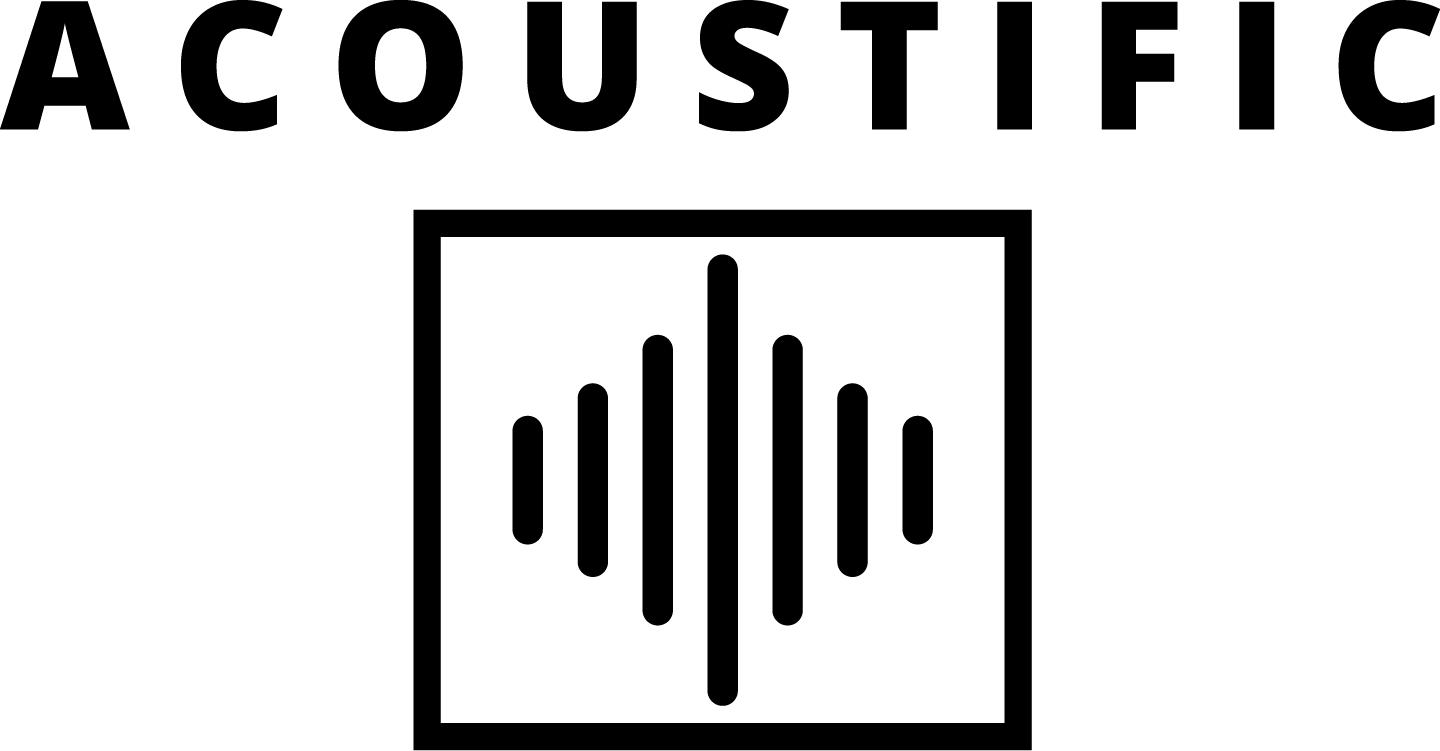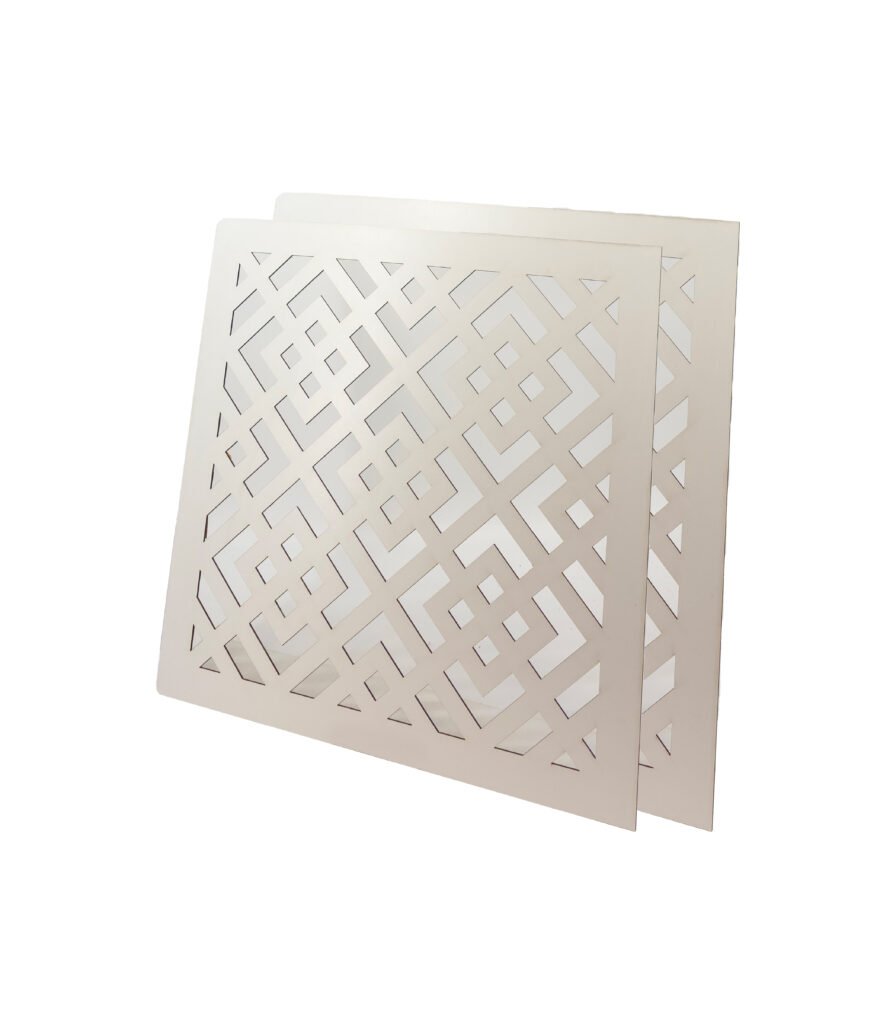Music and dance halls
Control reverberation and improve sound quality in music and dance halls. Learn how to choose acoustic panels for rehearsal rooms, stages and dance studios.
Music and dance spaces need energy and liveliness, but too much reverberation makes music muddy and instructions hard to understand. The goal is not a dead room, but a controlled, balanced acoustic.
Acoustic challenges in music & dance halls
- Very long reverberation due to large volume and hard surfaces
- Poor clarity of vocals and instructions
- Feedback problems with microphones and PA systems
- Uneven sound distribution in the room
Best acoustic solutions for halls and stages
Use a combination of wall and ceiling absorbers:
- Panels on side and back walls to reduce excessive reflections
- Ceiling panels or clouds above the main activity area
- Additional treatment behind the stage or band area
For dance studios with mirrors, use panels on opposite walls and ceiling to maintain functionality and improve sound.
Balancing absorption and liveliness
In performance spaces, keep some reflective surfaces to maintain natural sound. Start with partial coverage and expand if needed, measuring or listening to the effect.
Recommended Acoustific products for music & dance halls
- Large-format panels for high walls
- Ceiling elements for big rooms
- Durable PET panels that handle intensive daily use
FAQ (music & dance halls)
Will acoustic panels make the room too “dry” for music?
When designed correctly, panels reduce excessive reverberation while keeping enough reflections for a musical, lively sound.
Can you help design a full acoustic plan for our hall?
Yes. We can advise on panel types, quantities and placement based on room size, use and budget.


